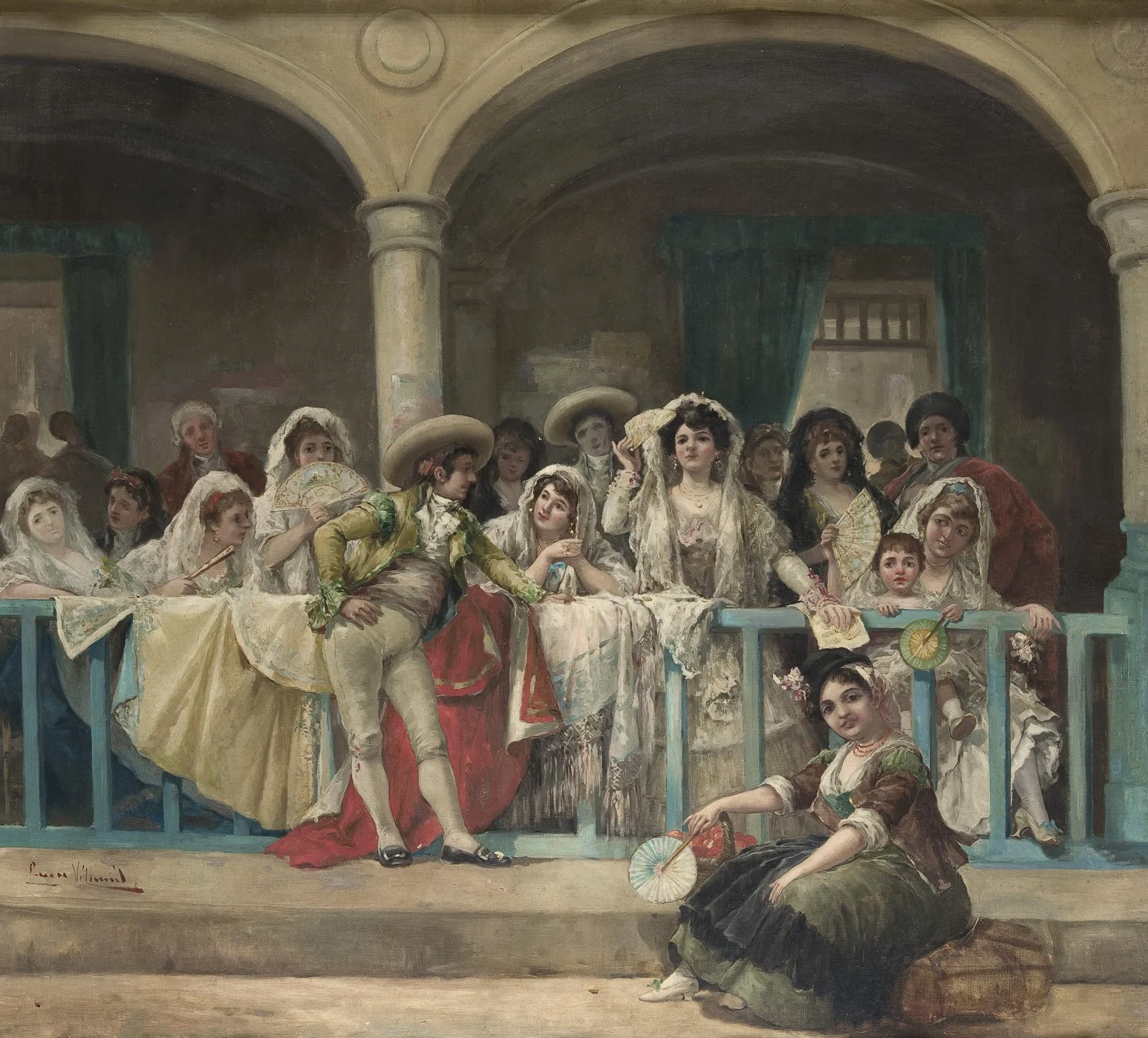Firmin Baes (1874-1943) was a Belgian painter.
The son of the decorative painter Henri Baes, Firmin Baes was active as a portrait painter and a painter of still life subjects, figures, landscapes and interiors.
He studied under Léon Frédéric at the Académie Royale des Beaux-Arts in Brussels between 1888-1894, and the elder artist’s influence is evident in many of Baes’s early paintings.








































